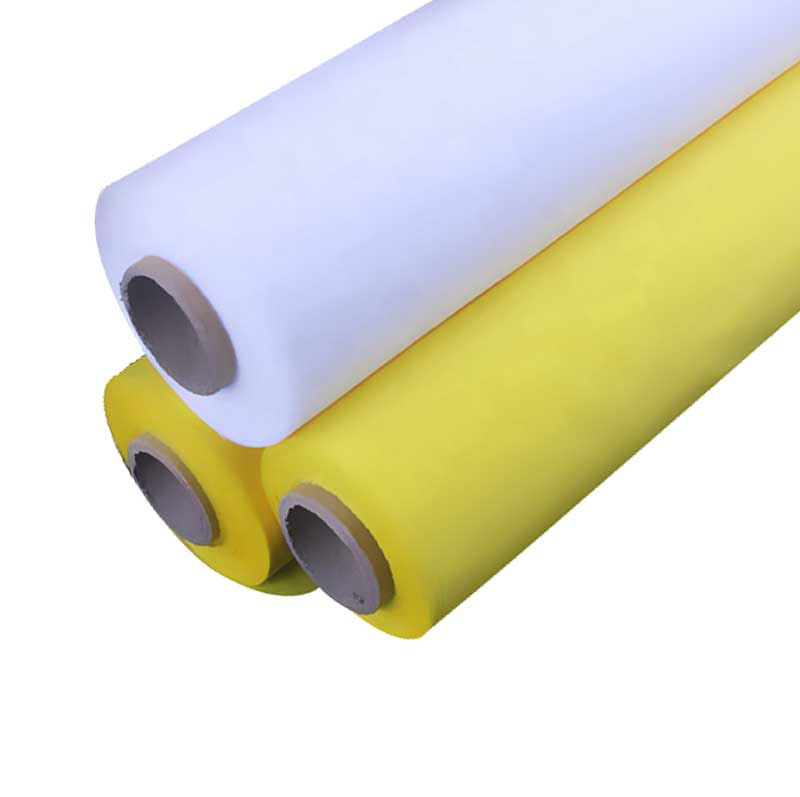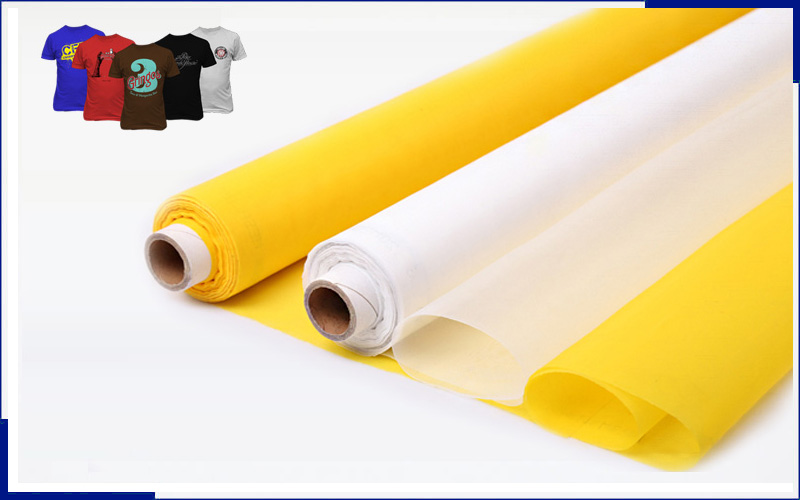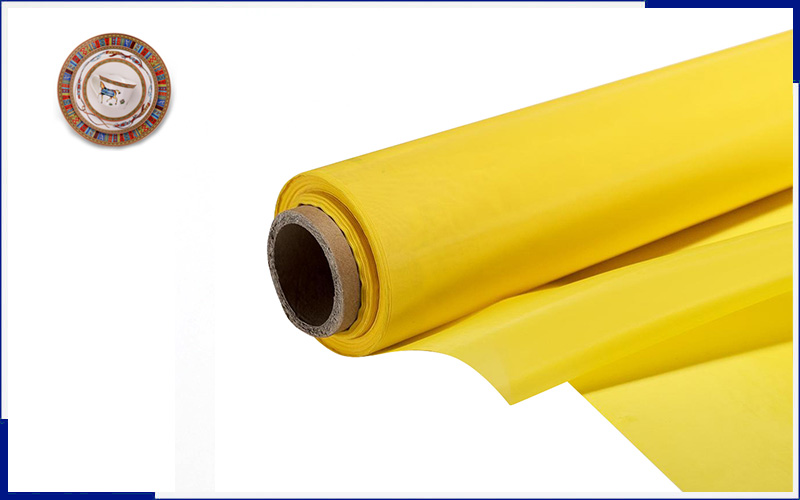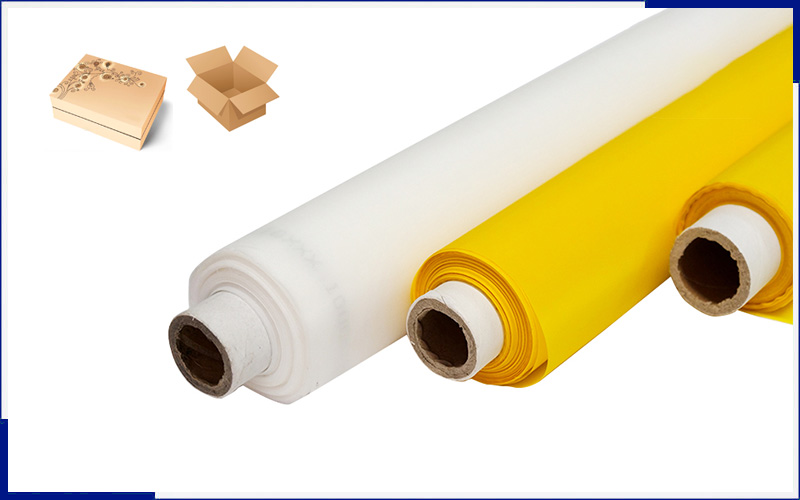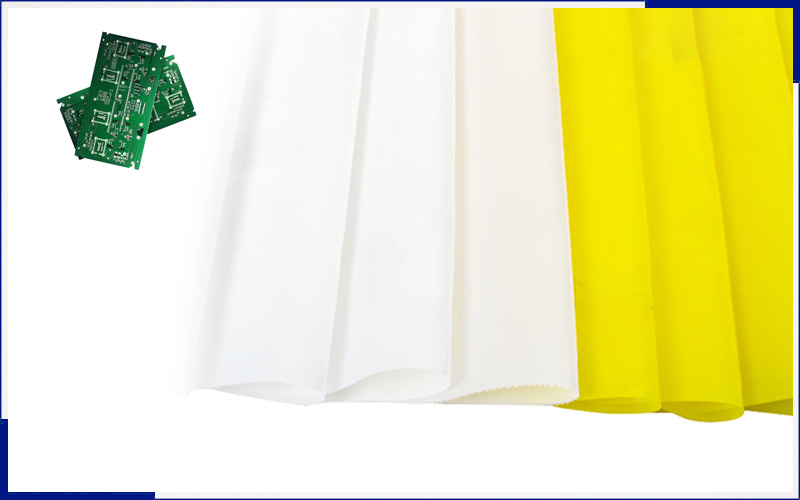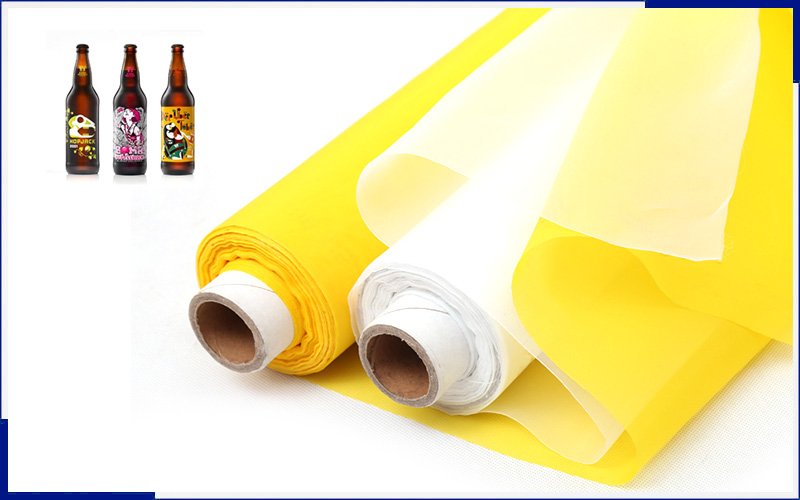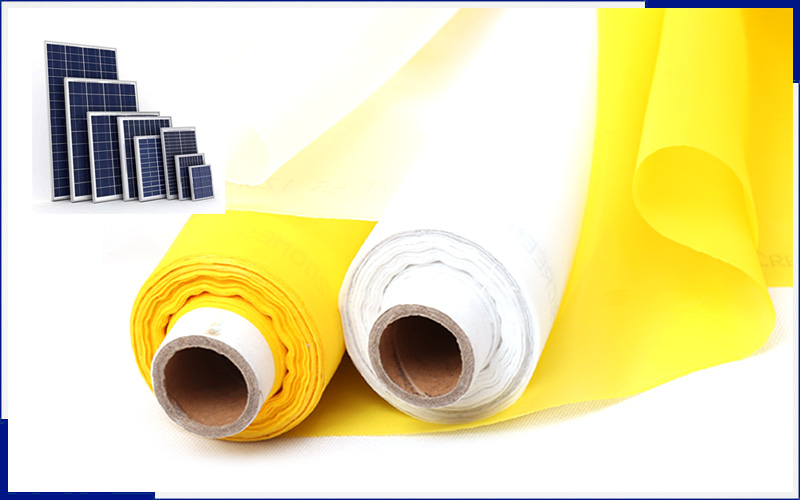SCREEN PRINTING
Screen printing is arguably the most modern of print techniques, yet its principles are based on the earliest form of image-making with stencils. Think of the hands in the cave paintings of Sulawesi and Altamira. Over time, as artisans cut more detailed designs, fine threads or hairs were used to hold the delicate stencils together.
Artists explored these techniques in the first half of the 20th century, coining the term serigraphy. The pop art movement of the 1960s used silk screen printing to its fullest, playing with ideas of appropriation and repetition and the large passages of solid colour reflected commercial imagery. This can be seen in the work of Warhol, Lichtenstein and Corita Kent. The Op Art movement at the same time exploited the technical perfection and vibrant colour possibilities and made images that appeared to be untouched by human hands as in the prints of Josef Albers.
Uniquely quick and inexpensive, silk screen bridged a gap between hand production and more expensive automated lithography and letterpress printing. The ingenuity in the art of the Cuban cinema poster was born from such economic constraints, and small runs of posters and T-shirts continue to make printing widely accessible. You have a wide choice of possibilities for mark-making, all of which can be combined into one print. Hand painted marks, vibrant colour blocks, digital images and colour separations can all be collaged together. Your approach can go from the most basic hand cut stencil printed on a tabletop, to digital images exposed onto photo emulsions and printed on a vacuum table.
